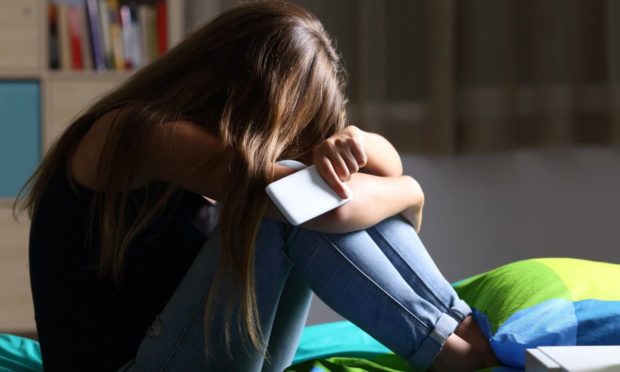Every year thousands of children contact Childline about being bullied online and tell us that they feel it is hard to escape from.
Children talk to our counsellors about being sent threatening and abusive messages, being excluded from online games and having their virtual identities stolen to embarrass or cause them trouble.
Online bullying is not a separate entity from face-to-face bullying. In fact, for many young people, the lines between the two are blurred because they experience bullying from the same people in both physical and online environments.
All children who are affected by bullying can suffer harm – whether they are bullied, they witness bullying or they bully others – and it can have a long-term impact on their mental wellbeing. It’s important to ensure that every child knows who they can turn to for support.
How to handle bullying as a parent
If a parent thinks their child is being bullied online, it can be hard to remain calm, but it’s crucial not to overwhelm a child with questions.
Taking their device away is likely to make them feel that whatever has happened is their fault. Instead, it’s helpful to listen to their worries, provide them with reassurance, suggest they take some time away from certain apps and explore how to report and block people online.
Most bullying isn’t against the law, but you can contact the police if you believe that someone has committed a crime, including sharing or threatening to share a nude image and bullying because of race, gender, sexual identity or a disability.
It is also good for parents to talk to their child about their activity online so they do not encourage bullying behaviour. For example, it is advisable not to react in any way to a post designed to bully someone, such as by sharing or commenting, because this can make it more popular and visible.
Help and support is available
Children may find it difficult to talk about what they are going through with someone they know, so it is important that they know Childline counsellors are here to listen and support them. There are also message boards where they can talk to their peers at childline.org.uk.
Adults can get more support by contacting the NSPCC helpline on 0808 800 5000, and there is a lot of information at nspcc.org.uk and at net-aware.org.uk – our partnership website with O2.
Last year, NSPCC Scotland and respectme, Scotland’s anti-bullying service, launched Think B4 You Type – a toolkit for use by school staff and local authorities to help prevent online bullying.
Carla Malseed is NSPCC Scotland campaigns manager

